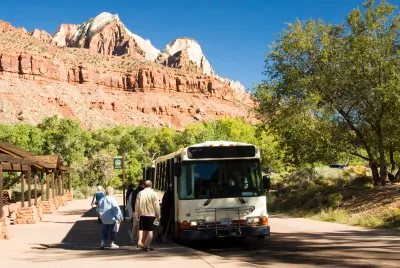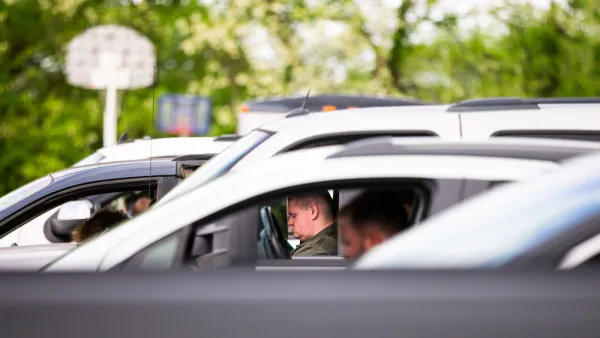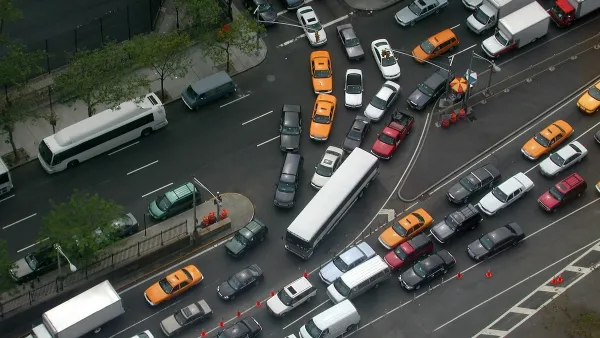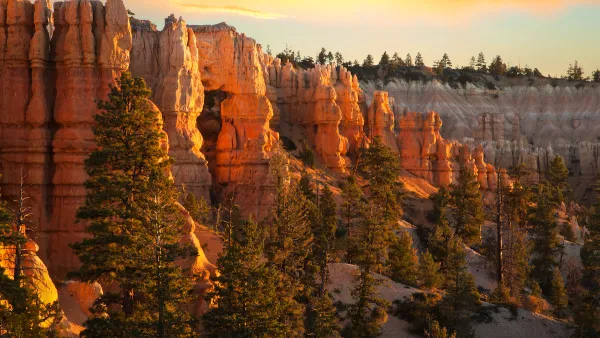Too often, national parks and other recreational spaces in the United States are difficult or impossible to access without a car. Some parks are working to change that.

In a piece in Millennial American Dream republished in Streetsblog USA, Michael Moore describes how Rocky Mountain National Park and Glacier National Park provide exemplary models for providing parks access to people who don’t own cars via bus shuttles.
By providing convenient transportation options, these parks reduce traffic congestion, minimize pollution, and make it easier for visitors to access hiking trails and attractions. Implementing similar shuttle services in popular US parks could significantly enhance accessibility and alleviate parking woes.
Moore also suggests making more in-park lodging, such as European-style hiking hostels, available to tourists to reduce the need to drive in and out. Additionally, parks can reduce economic barriers by providing affordable gear rentals and boosting connectivity to public transit. “Establishing reliable bus and train connections from major US cities and airports to lesser-known parks is crucial for achieving better access and dispersing visitor flow,” Moore writes.
Parks access shouldn’t be limited to people who own cars. “Implementing transit connections, alternative transportation options, in-park accommodations, small cabin hostels, refreshment options, gear rentals, and long-distance transit links can transform the way we experience nature in the US.”
FULL STORY: Making Hiking Accessible Without Cars

National Parks Layoffs Will Cause Communities to Lose Billions
Thousands of essential park workers were laid off this week, just before the busy spring break season.

Retro-silient?: America’s First “Eco-burb,” The Woodlands Turns 50
A master-planned community north of Houston offers lessons on green infrastructure and resilient design, but falls short of its founder’s lofty affordability and walkability goals.

Delivering for America Plan Will Downgrade Mail Service in at Least 49.5 Percent of Zip Codes
Republican and Democrat lawmakers criticize the plan for its disproportionate negative impact on rural communities.

Test News Post 1
This is a summary

Test News Headline 46
Test for the image on the front page.

Balancing Bombs and Butterflies: How the National Guard Protects a Rare Species
The National Guard at Fort Indiantown Gap uses GIS technology and land management strategies to balance military training with conservation efforts, ensuring the survival of the rare eastern regal fritillary butterfly.
Urban Design for Planners 1: Software Tools
This six-course series explores essential urban design concepts using open source software and equips planners with the tools they need to participate fully in the urban design process.
Planning for Universal Design
Learn the tools for implementing Universal Design in planning regulations.
EMC Planning Group, Inc.
Planetizen
Planetizen
Mpact (formerly Rail~Volution)
Great Falls Development Authority, Inc.
HUDs Office of Policy Development and Research
NYU Wagner Graduate School of Public Service





























